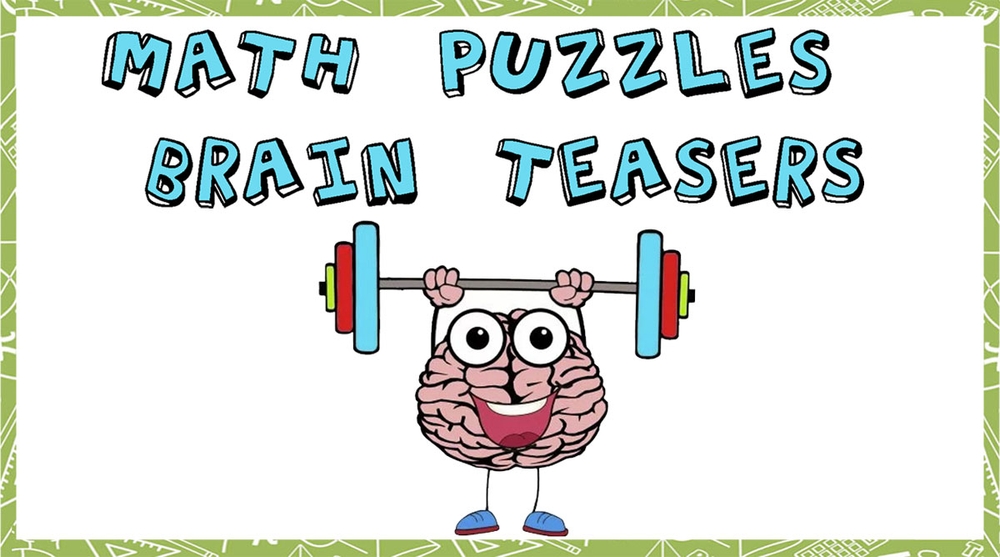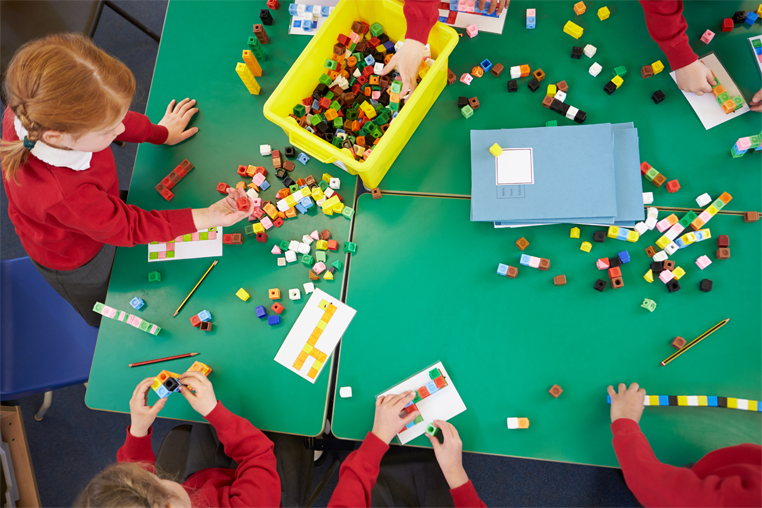In recent years, cooperative learning has emerged as a transformative approach in math education, moving away from traditional competitive and individualistic teaching methods. By placing students in small groups where they can collaborate and support each other, cooperative learning fosters a more inclusive and interactive classroom environment. This approach not only enhances students’ understanding of mathematical concepts but also develops essential life skills.
What is Cooperative Learning?
Cooperative learning in math involves students working in small groups to solve problems, complete tasks, or understand new concepts. Unlike individual learning, where each student is responsible for their success, cooperative learning emphasizes shared goals, mutual support, and a collective responsibility for group outcomes.
Benefits of Cooperative Learning in Math:
- Enhanced Understanding of Math Concepts: Collaborating with peers allows students to approach problems from different perspectives. This diversity of thought often leads to a deeper understanding of mathematical concepts.
- Improved Social and Communication Skills: As students interact with their peers, they develop critical social skills. They learn to articulate their ideas, listen to others, negotiate, and work as a team, which are invaluable skills both inside and outside the classroom.
- Increased Engagement and Motivation: Cooperative learning makes math more engaging. Working in groups can transform math from a solitary task into a dynamic and enjoyable process, thus increasing students’ motivation to learn.
- Development of Critical Thinking Skills: Through group discussions and problem-solving, students learn to analyze, evaluate, and synthesize information, enhancing their critical thinking skills.
- Boost in Self-Confidence: Participating in a group can help students feel more confident about their abilities. Sharing ideas and solving problems together can validate their understanding and encourage risk-taking in learning.
- Fostering a Sense of Belonging and Cooperation: Cooperative learning helps create a supportive classroom environment. Students often feel more connected to their peers and develop a sense of belonging, which can reduce feelings of isolation or competitiveness.
- Accommodating Diverse Learning Styles: In a group setting, different students can contribute in ways that align with their learning styles. This diversity ensures that various learning needs are met, making math education more inclusive.
- Enhanced Problem-Solving Skills: Group work often involves complex, real-world problems that require creative solutions. This setting helps students develop robust problem-solving skills.
Implementing Cooperative Learning in Math Classrooms
Cooperative learning is more than just putting students into groups; it involves structuring these groups so that students work together towards common goals, understanding that each member’s success is tied to the success of the group as a whole.
Strategies for Implementation:
- Forming Diverse Groups: Create groups with a mix of abilities, learning styles, and backgrounds. Diversity within groups can enhance the learning experience, as students bring different perspectives and strengths to the table.
- Setting Clear Objectives: Define clear, measurable objectives for each cooperative learning session. Ensure that these objectives align with your overall mathematical goals and are understood by all students.
- Designing Structured Activities: The activities should be well-designed to require collaboration. This could include problem-solving tasks, math projects, or inquiry-based learning activities that necessitate group discussion, decision-making, and consensus.
- Teaching Cooperative Skills: Before diving into complex math content, teach students essential cooperative skills. These include active listening, effective communication, conflict resolution, and the ability to provide constructive feedback.
- Assigning Roles: Assigning specific roles within groups can help manage dynamics and ensure participation. Roles like facilitator, recorder, timekeeper, and reporter can give structure to the group’s interaction.
- Monitoring and Supporting: While students are working, circulate the room to monitor group dynamics, provide guidance, and offer support as needed. Be attentive to groups that may be struggling and intervene when necessary to keep the group on track.
- Using Appropriate Assessment Methods: Assess both the group’s product and individual contributions. Consider using self and peer assessments to complement your evaluations and to encourage personal accountability.
- Reflecting and Debriefing: After each cooperative learning activity, hold a debriefing session. Discuss what went well, what challenges were encountered, and how the process could be improved in the future. This reflection is crucial for continuous improvement.
- Incorporating Technology: Utilize educational technology tools that can facilitate cooperative learning, such as collaborative online platforms or math apps that encourage group problem-solving.
- Fostering a Positive Classroom Environment: Encourage a classroom culture that values respect, inclusiveness, and the idea that everyone can contribute and learn from each other.
Below you will find some activities that are great for cooperative learning as they encourage discussions and problem solving.



Escape rooms

